Uwaga! Wykłady gości zagranicznych będą tłumaczone na język polski.
| Invitation About the Conference Scientific Committee Organizing Committee Conference Programme Information on fees Register online Back to Termedia.pl |
Invitation
Dear Sirs and Madams,One sign of our times is the development of medical technologies coupled with the progress of knowledge in the fields of pathophysiology of diseases and syndromes, and radiological, genetic and laboratory diagnostics. Due to the above developments, specialists in anaesthesiology and intensive therapy, as well as physicians undergoing training in this medical specialty, in their daily practice in operating rooms and in diagnostic and intensive therapy stations, handle an increasing number of patients with a complexity of medical problems requiring a therapeutic approach that goes beyond clearly defined guidelines and recommendations. This ever-growing group of patients begins to need urgent clinical attention, as inappropriate therapeutic management in their case may end in a medical catastrophe or a medical error putting them at an increased risk of health impairment or even death. The events are associated with an extremely dramatic course during anaesthesia and intensive therapy because, unfortunately, complications in this area of medicine not uncommonly end in patient death or irreversible damage to the central nervous system. The medical field in which we are engaged – anaesthesiology and intensive care – starts with unprecedented dynamics to make daily use of exceedingly sophisticated medical technologies which are considerably invasive to the patient. Such a management becomes our reality – even though many patients treated by us have no prognosis for survival and continuing their intensive treatment has features of futile therapy. Faced with a multitude of cases requiring reasonable solutions in the anaesthetic management of patients who not so long ago would be considered ineligible for operative treatment, we are forced to revise our views on a number of issues pertaining to the safety of patients in the perianaesthetic and perioperative periods. Close attention is required, for example, in techniques for the monitoring of vital signs, the extent and advisability of vascular cannulation, patient management algorithms in anaesthesiology outpatient clinics, airway prosthetics and mechanical ventilation, selection of anaesthetics and striated muscle relaxants, intraoperative imaging diagnostics, techniques used in intravascular and neurosurgical procedures, and transplantation surgery. At present, physicians in intensive therapy stations apply medical technologies which, unavailable just a few years ago, are able to markedly reduce the mortality of patients. Therapeutic philosophies based on targeted management, concurrent application of techniques of extracorporeal oxygenation and carbon dioxide removal, maintenance of the fluid balance, metabolic control, etc. are so complex that their use on an ex tempore basis gives rise to pitfalls which physicians, considering the stress levels accompanying their profession, are often unable to safely avoid by themselves, without adversely affecting patient health. Without advisory teams or scientific conferences serving as a forum for discussing the sources of such pitfalls based on case reports and current regulations, and determining the advisability of undertaking therapeutic management in non-standard situations, we will become helpless in the face of mounting therapeutic problems. Consequently, it is my pleasure to invite you to take part in the 1st International Inter-Congress Conference of the Polish Society of Anaesthesiology and Intensive Therapy PITFALLS IN ANAESTHESIOLOGY AND INTENSIVE THERAPY. With the Conference, we would like to inaugurate a new educational cycle based on the medical practice of specialists who are involved in anaesthesia and intensive therapy on a daily basis. Scientific Head Prof. Krzysztof Kusza, PhD (hab.) |

